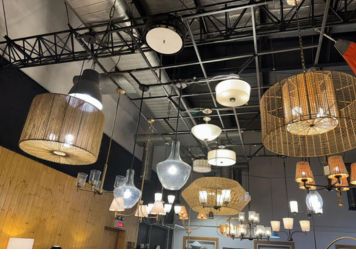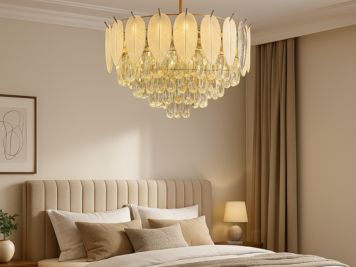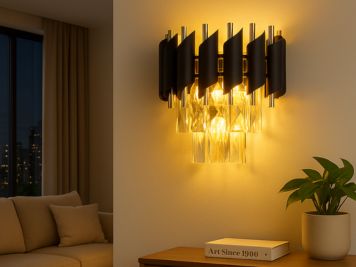When it comes to designing a space, whether it's a home, office, or retail store, lighting plays a crucial role in setting the mood and enhancing the overall ambiance. In fact, lighting should be the first design decision you make, as it can significantly impact the look and feel of a room.
How does lighting affect a space?
Lighting can affect everything from the color of the walls to the perceived size of a room. The intensity, color temperature, and direction of light can all influence how we perceive a space. For example, warm lighting can create a cozy and inviting atmosphere, while cool lighting can make a space feel more modern and sleek.
What are the benefits of good lighting design?
Good lighting design can improve productivity, enhance mood, and even boost sales in a retail environment. Studies have shown that well-lit spaces can increase focus and alertness, while also creating a sense of comfort and well-being. In retail settings, strategic lighting can draw attention to products and create an inviting atmosphere for customers.
How can you incorporate lighting into your design?
When designing a space, consider the natural light sources available and how you can enhance them with artificial lighting. Use a combination of ambient, task, and accent lighting to create layers of light that can be adjusted to suit different activities and moods. Consider the color temperature of the light bulbs you use, as warm light is often more flattering and inviting than cool light.
Remember, lighting is not just about functionality—it's also a design element that can add drama, depth, and visual interest to a space. By making lighting your first design decision, you can set the stage for a successful and well-balanced interior that will delight and inspire all who enter.






